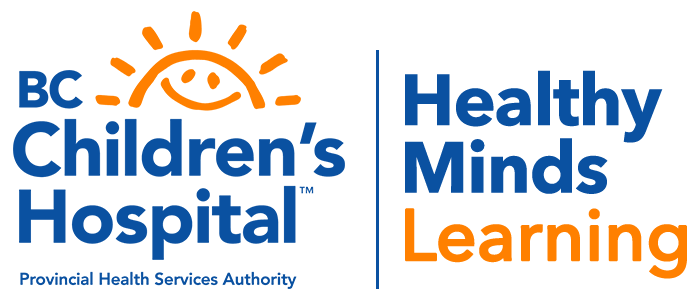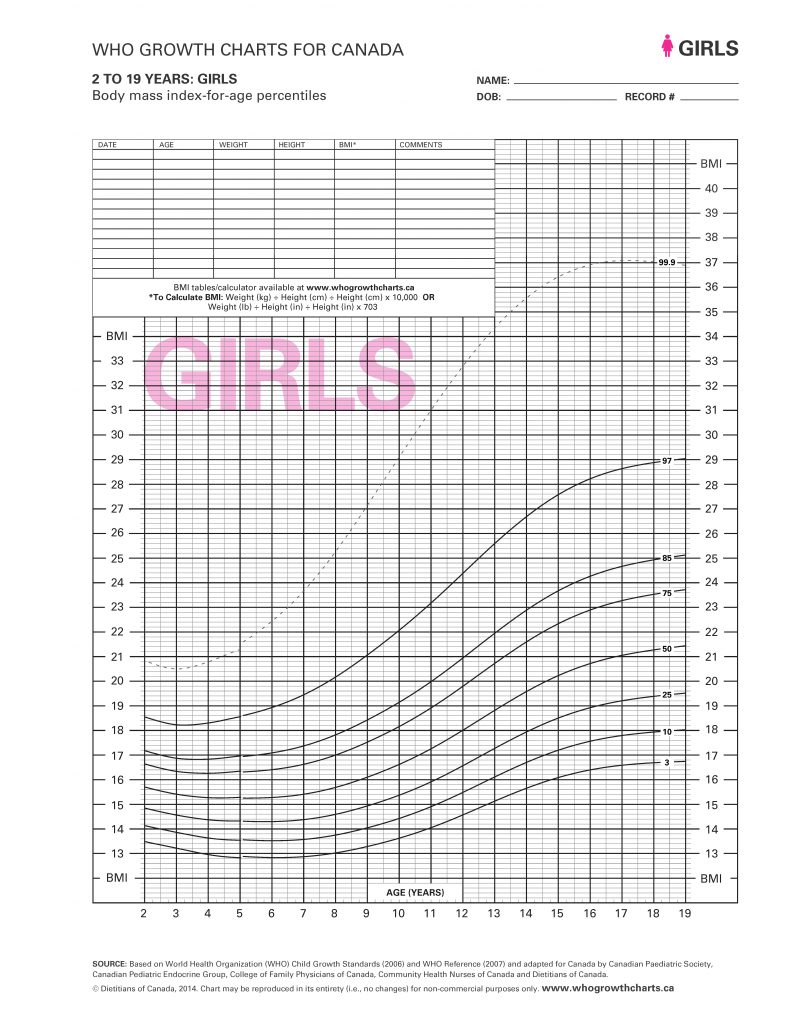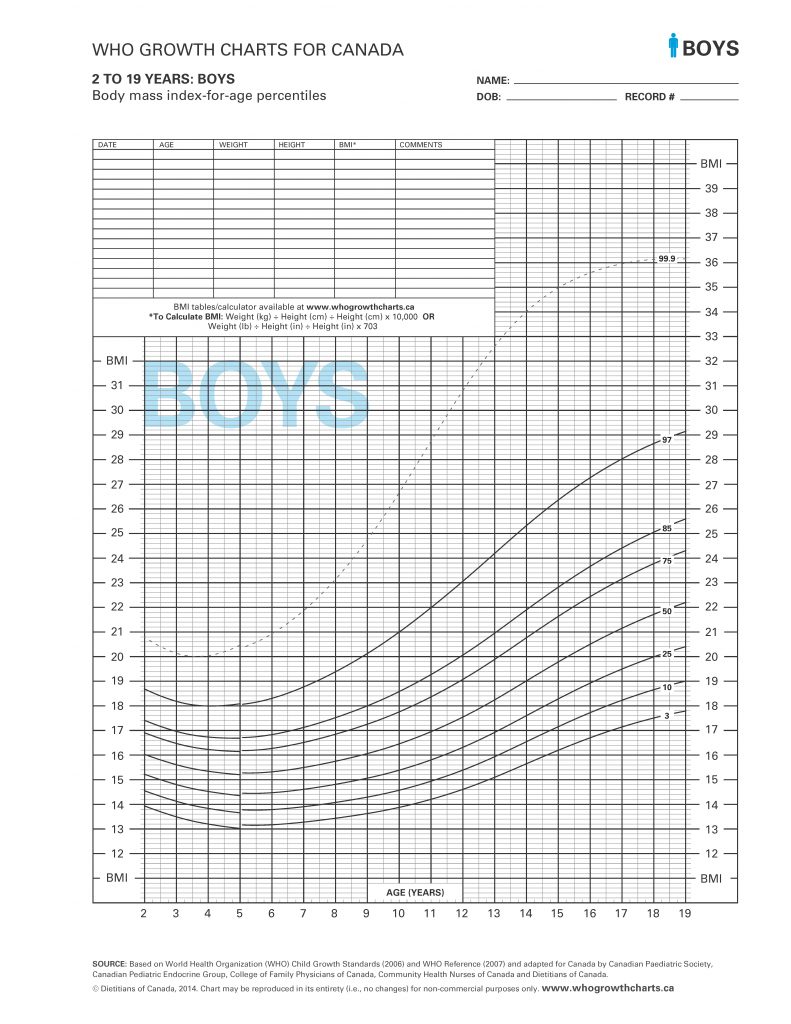Demystifying Working with Young People (2 to 2.5 hours)
Practical skills for recognizing and reducing unconscious bias, helping support inclusive, and developmentally attuned care for young people.
Welcome to Module 1 – Demystifying Working with Young People. This two-part series builds practical skills for recognizing and reducing unconscious bias, helping support inclusive, and developmentally attuned care for young people.
Learning Objectives for Individual Segments
- Gain insight into the different causes and types of bias in the health care sector.
- Recognize the consequences bias can have on the service experience of young patients.
- Learn to practice ways to unlearn bias and create a safe space in the workplace.
- Recognize the neurological basis of youth development and behavior.
- Identify the key principles of developmental psychology and their application in youth healthcare, including Erikson’s Model and Kegan’s Theory.
- Introduce culturally safe approaches for promoting youth wellness and resilience in healthcare settings.
- Understand the key component of establishing a strong therapeutic alliance.
- Identify strategies for fostering engagement with young people including the role of empathy, curiosity, and respect for identity.
- Recognize signs of a rupture in the therapeutic alliance and demonstrate appropriate strategies for addressing and repairing the rupture.
- Describe the importance of effective verbal and non-verbal communication in building therapeutic alliances with young people.
- Identify appropriate communication approaches based on a young person’s readiness to change.
- Explore strategies to reduce resistance including the use of silence, reframing, and process responses.
Course Content
Module Content
0% Complete
0/2 Steps
Preview this Course

Login
Accessing this course requires a login. Please enter your credentials below!


